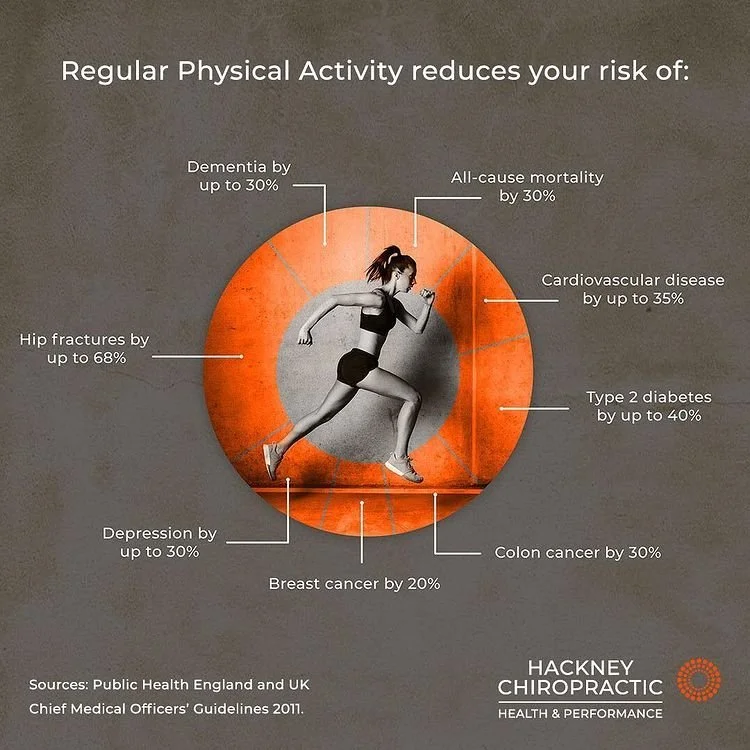Exercise & low back pain - sometimes less is more
Written by Chiropractor Sheldon Merritt
Eight years ago, a car accident left me dealing with persistent low back pain. I tried various solutions, including intense gym workouts to get back to my previous levels of fitness, but they fell short and my back pain kept on returning.
Then I took a different approach. Incorporating more moderate intensity exercise into my weekly routine helped me iron out the spikes in physical activity, as I returned from injury to pre-injury levels of fitness. Activities like brisk walks, yoga, and swimming became my companions in the journey to healing. These exercises not only improved my core strength and posture but also provided much-needed relief to my aching back.
Public Health England recommend a minimum of 150 minutes of moderate intensity exercise per week for most adults. Not only can this reduce and prevent musculoskeletal pain, but there are proven benefits for reducing risk of developing certain cancers, hip fractures, type 2 diabetes, and improving your heart health.
But how do you define moderate? Top tip:
The next time you go for a brisk walk or a light jog, try the singing test - if you can still hold a conversation, but would struggle to sing, you’re performing moderate intensity exercise.
Moderate exercise doesn't just benefit your body; it's a game-changer for reducing stress, anxiety, and boosting your mood. It's a holistic approach to improving your quality of life. Embrace the power of moderation; it's your path to well-being.

